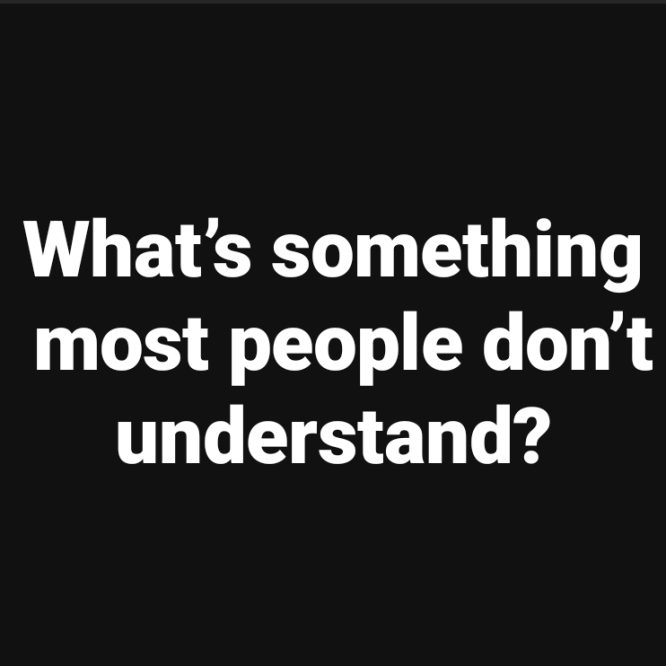What’s something most people don’t understand?
That our contradictions aren’t flaws to fix but the very essence of our humanity.Most people don’t understand that we are simultaneously broken and whole, finished and becoming. We’ve been taught that authenticity means consistency – a polished, curated version of self that follows society’s script. But true authenticity has been commercialized into just another performance, another standard to meet.
What most don’t grasp is that our perceived flaws are actually data points revealing the patterns that make us uniquely human. Like kintsugi, the Japanese art of repairing broken pottery with gold, our breaks and inconsistencies aren’t obstacles to our development—they are its foundation. The gold-filled cracks tell our story and create something more powerful than flawless perfection ever could.
People fail to understand that fitting in isn’t acceptance—it’s self-betrayal. The path to genuine connection comes not from hiding our complexities but from embracing them without apology, creating space for others to do the same. In a world obsessed with fixing what isn’t broken, the most revolutionary act is to stand in your wholeness, contradictions and all, and invite others to do the same.
And just as a tree doesn’t waste energy trying to regrow a broken limb, but instead thrusts its roots deeper to withstand future storms and grows new branches because growing is what trees do, we too should reject the premise that we are broken and need fixing. We are responding naturally to our experiences, continuously growing in the ways available to us. Personal development isn’t correcting deficiencies—it’s expanding awareness, deepening understanding, and integrating all aspects of our experience, especially the parts others tell us to hide.
